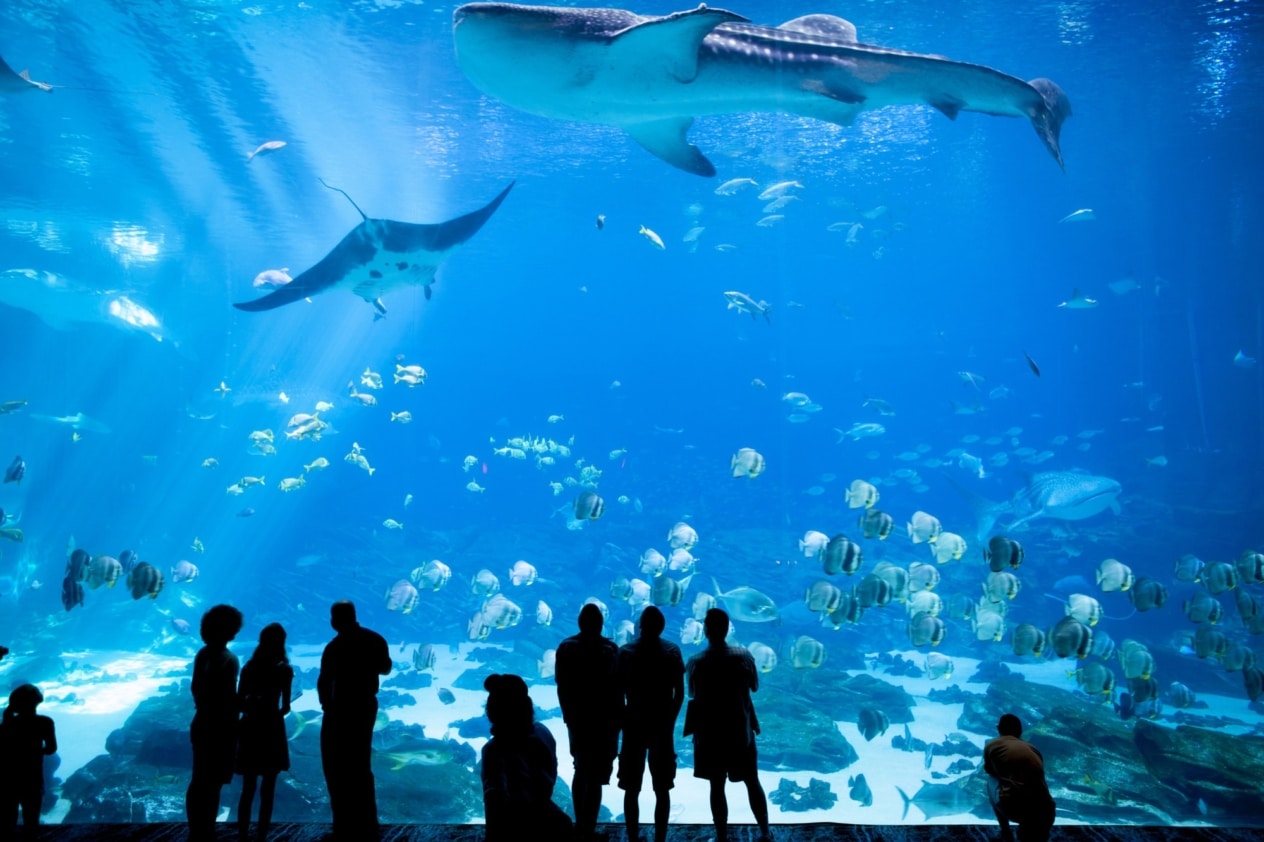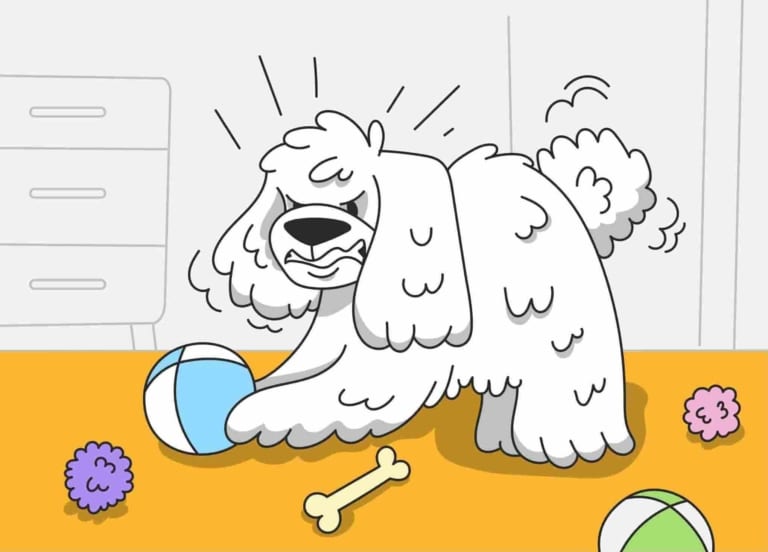An aquarium is a small world with colorful fish, agile shrimp, slow snails and live plants that create the feeling of a real underwater garden. For many children, learning about the aquarium is not only a hobby, but also the first step into life science. If your child has shown an interest in fish, water and care for them – it’s time to tell you how to properly start the path of a young aquarist.
First steps in the world of aquaristics
Start with understanding the main principle: the aquarium – it is not a decoration, and a living biological microcosm. To fish in it was comfortable, you need to create a balance between all its inhabitants. Before buying an aquarium, the child should explain that care for him – it is a responsibility, not just a beautiful picture on the shelf.
The first aquarium should not be too large – the optimal volume for a beginner aquarist is 30-60 liters. This makes it easy to keep clean and observe all the processes. Small aquariums (up to 20 liters) look comfortable, but they are more difficult to maintain – changes in water parameters there occur very quickly, and even a small mistake can be fatal for the fish.
What you need for the aquarium
Before you start, you should prepare the basic equipment. First of all – the aquarium itself of durable glass or acrylic. Next, you will need:
Afilter to clean the water from waste and maintain its transparency.
Compressor or aerator, which saturates the water with oxygen.
A heater with a thermostat, especially if tropical fish are chosen.
Ground – special small pebbles or sand, which not only decorate the bottom, but also serve as a medium for beneficial bacteria.
Lighting – better LED-lamps that mimic natural light and help plants grow.
Decorations and plants – real or artificial, but always safe for fish.
It is useful to involve the child in the selection of each element, so he or she will feel that he or she is creating his or her own underwater world.
Starting an aquarium: the main thing – patience
The most common mistake made by beginners is to immediately start the fish in water that has just been poured. In fact, the water should “mature”, that is, it should form useful bacteria that utilize harmful substances. To do this, the aquarium works without fish 7-10 days with the filter, heater and light on.
Young aquarist should explain that this is the period when the aquarium establishes a natural balance – as if he comes to life. At this time, you can plant aquatic plants, such as elodea, anubias or cryptocoryne. They will not only decorate the aquarium, but also help to stabilize the environment.
Fish for beginners
For the first experience, it is better to choose unpretentious species that easily adapt to the conditions and do not require special care. These can be:
Gupi – colored, active, peaceful, quickly reproducing fish.
Molynesia or pecilia – beautiful and hardy inhabitants.
Neons – small, brightly colored fish that swim in packs.
Ancistrus (sucker catfish) – natural “cleaners” that clean the walls of the aquarium.
It is important not to overpopulate the aquarium: for 30 liters is enough 5-7 small fish. Excess inhabitants quickly leads to water pollution, lack of oxygen and disease.
Care and observation
The most interesting thing for a child is to watch the fish swim, eat and react to light. But the aquarium requires regular care. Once a week you need to change 20-25% of the water without removing the fish, and clean the filter. Instead of soap and chemistry use only clean water and a special siphon for the bottom.
Food should be given in small portions, which the fish eat in 2-3 minutes. Excess food settles and spoils the water. Young aquarist should understand: less is better. Overfeeding is even more harmful than short-term hunger.
Training in observation and responsibility
The aquarium is an excellent trainer of attentiveness. The child learns to see the slightest changes: if the fish became sluggish, changed color or hides, it is a signal that something is wrong with the environment. This observation is the first step to understanding biological processes and caring for living things.
In addition, daily feeding, controlling cleanliness, checking the temperature of the water fosters responsibility. For a child, this is a real practice of love and care, which teaches that every creature needs attention.
How to make the hobby interesting
A young aquarist can keep a small “diary of observations”, recording when there was feeding, what is the water temperature, whether there are new fish, how the plants grow. This turns care into a fascinating experiment.
It is also worthwhile to read together children’s encyclopedias about fish and corals, watch educational videos, visit aquarium exhibitions or pet stores. This helps to develop interest and deepen knowledge.
Tips for parents
Keep your child interested, but don’t do everything for him. Let him clean the glass, feed the fish, change the water (under your supervision). Praise for efforts, explain mistakes. And most importantly – do not scold if something went wrong: even experienced aquarists sometimes make mistakes.
Do not buy exotic or aggressive fish in the beginning – first it is important to learn stability. When the child learns the base, you can expand the collection, create themed aquariums – for example, “tropical forest” or “sea world”.
Conclusion
Aquarium science is the science of harmony. It teaches patience, consistency, attentiveness to nature. For a child, the aquarium becomes a window into the underwater world, which forms a love of life and responsibility for each creature.
Let the first fish be the beginning of a great adventure of a young aquarist, and every day at the aquarium – a lesson of beauty, calmness and kindness.











